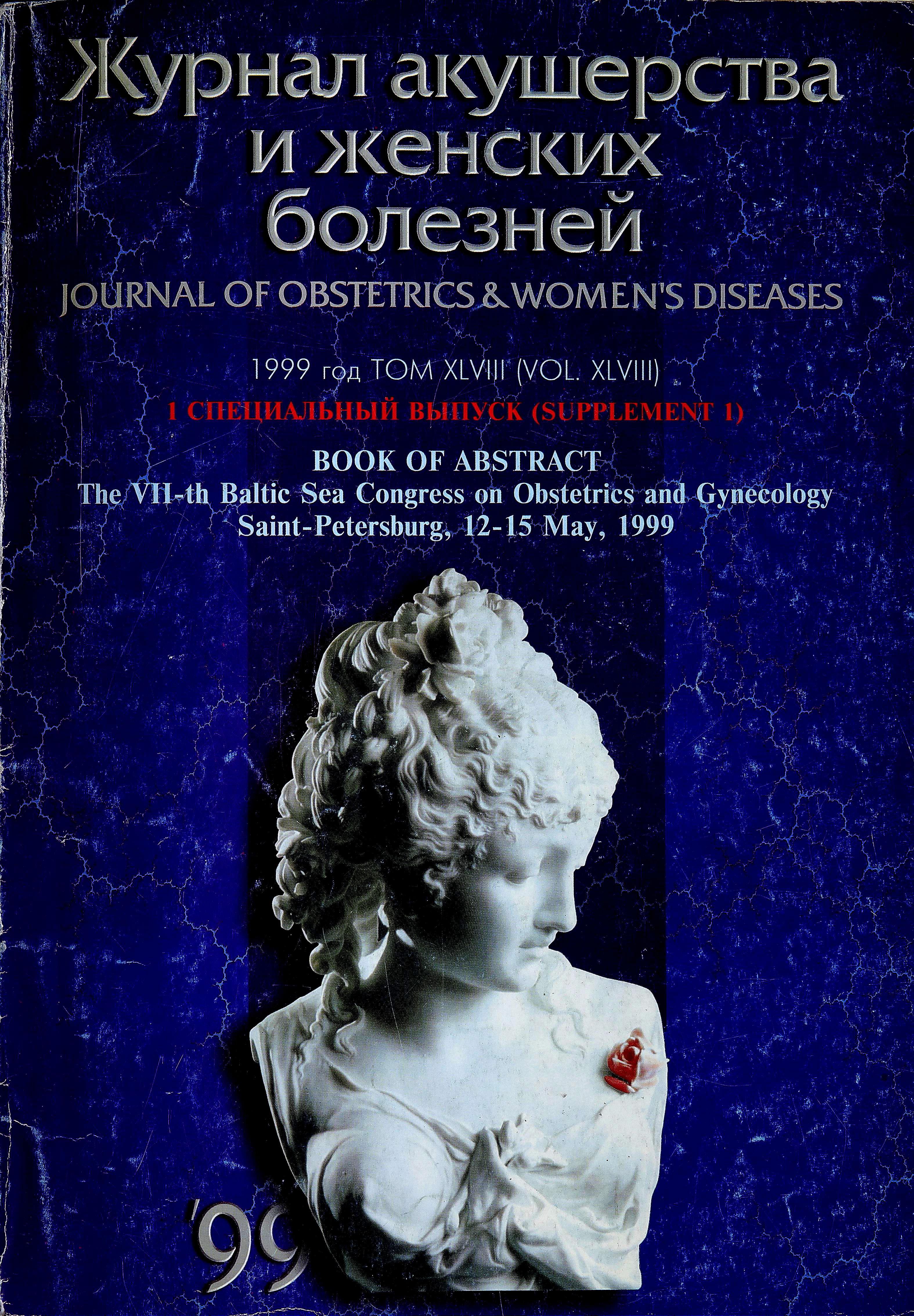Ecology and allergic pathology of newborns
- 作者: Shamova A.G.1, Stepanova A.N.1, Malanicheva T.G.1
-
隶属关系:
- Medical University of Kazan
- 期: 卷 48, 编号 5S (1999)
- 页面: 142-142
- 栏目: Articles
- ##submission.dateSubmitted##: 22.02.2022
- ##submission.dateAccepted##: 22.02.2022
- ##submission.datePublished##: 15.12.1999
- URL: https://journals.eco-vector.com/jowd/article/view/101403
- DOI: https://doi.org/10.17816/JOWD101403
- ID: 101403
如何引用文章
全文:
详细
Continuous study of 3000 children in the age of 0-14 years was carried. Studied children were the inhabitors of Kazan, with zones, differing in quantitative and qualitative air pollution characteristics. Air pollution degree was estimated on a conditional parameter P (Р=ЦеКi) which found to be 20.1 in the first, the most polluted zone; 14.8 in second, 8.2 in third, and 1.5 in control zone.
全文:
Continuous study of 3000 children in the age of 0-14 years was carried. Studied children were the inhabitors of Kazan, with zones, differing in quantitative and qualitative air pollution characteristics. Air pollution degree was estimated on a conditional parameter P (Р=ЦеКi) which found to be 20.1 in the first, the most polluted zone; 14.8 in second, 8.2 in third, and 1.5 in control zone.
Generally, the allergic pathology frequency among newborn was found to be 62,7 ± 3,4 to 1000 of children’s population, including 69,4 ± 3,4 to 1000, among the boys, and 61,0 ± 3,4 to 1000 among the girls (p < 0,05). In allergic pathology structure among the newborns the toxic erythema covers 62.7%, the exsudative-cattharal diatesis 19.9%, exema 12.9 %, drug allergy 3.5%, and postvaccinal allergy - 1 %.
Among the factors of risk, promoting allergic reactivity changes’ realization, it is necessary to note hereditary disorders by allergic diseases (r = 0,45), early mixed and artificial feeding (r = 0,42), the antenatal period’s pathology, such as pregnancy toxicosis, mother’s acute respiratory diseases, antibiotics administrations in pregnancy (r = 0,338), and also the use of antibacterial drugs in early neonatal period (r = 0,32).
Study of ecological hazards influence has shown, that allergic pathology frequency in newborns grows together with atmospheric air pollution P. In the first, the most polluted zone, it is equal to 78.4 ± 3,4 to every 1000 of children’s population, and only 53.2 ± 3,4 to 1000 (p < 0,001) in the control zone. Probably, it is caused by intrauteral fetus’s sensibilization by harmful air-pollutants complexes, that promotes the early allergic reactivity changes’ realization.
作者简介
A. Shamova
Medical University of Kazan
编辑信件的主要联系方式.
Email: info@eco-vector.com
俄罗斯联邦, Kazan
A. Stepanova
Medical University of Kazan
Email: info@eco-vector.com
俄罗斯联邦, Kazan
T. Malanicheva
Medical University of Kazan
Email: info@eco-vector.com
俄罗斯联邦, Kazan
参考
补充文件





